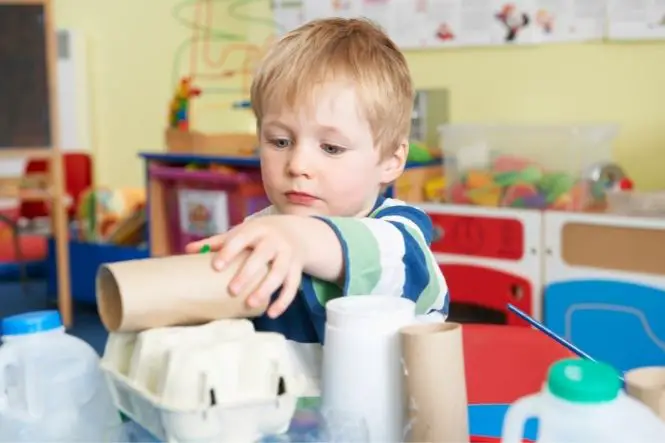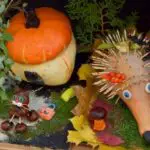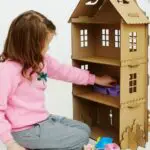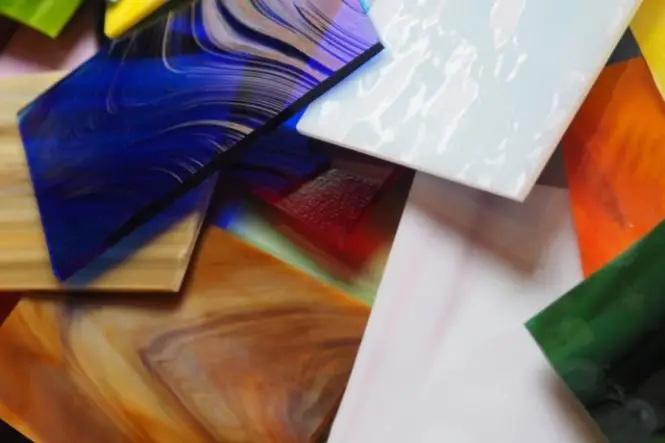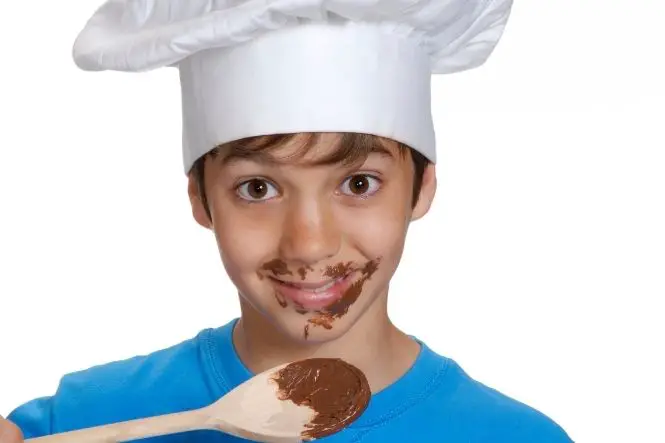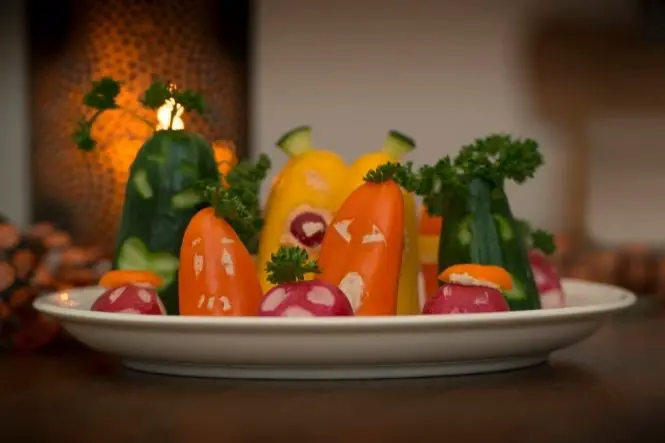The green revolution means that every household is now used to sorting and separating their rubbish every day. This routine has helped to promote an even better use for empty packaging, the purest form of recycling, junk modelling. This timely craft is a real favourite for pre-schoolers and with good reason on so many levels.
Simple Materials
Junk modelling for pre-schoolers uses some very simple materials. The most obvious requirement is a large and varied collection of ‘junk’ to spark inspiration. Don’t discount anything, you will be amazed what young imaginations can dream up. The junk must be clean and safe.
Some items to include are:
-
- Buttons, cotton reels, thread, yarn and fabric scraps.
- Plastic bottles, cartons and cardboard tubes.
- Boxes, jar lids, tissue paper, sweet wrappers, foil and bubble wrap.
The only other materials you need are PVA glue (which is ideal for this project because it becomes transparent when it dries) and sticky tape. You might like to consider using paint too. It adds another dimension to the finished models.
The Benefits of Junk Modelling for Pre- Schoolers
A seemingly simple activity with a load of old junk has a wealth of benefits for growing minds and the preschooler’s imagination. It’s a very tactile activity that depends on touch and texture.
By selecting individual items from a large collection and using those items to create a personal object, a child is enjoying free expression, using lateral thought and specialised design skills. The ability to model random shapes and materials into meaningful 3D objects gives pre-schoolers an immense amount of self-confidence and a real sense of achievement.
They will need to visualize the end result and make the transition from rubbish to model using a whole range of fine and large motor skills.
There may be problems to be solved along the way, a degree of patience will be needed and if the activity is a group activity, the young modellers need to learn to share, negotiate ownership of the raw materials and socialise with their co-workers
Junk modelling is also a very early lesson in recycling. It introduces the idea that even things that we have finished using can be turned into something else which is useful and valuable.
Junk Modelling Projects
There are two options available. First, offer the pre-school modellers complete freedom of expression. This is a very good insight into their interests and imaginations. The other approach is to suggest specific projects or themes that can be worked towards. Some good ideas are:
- Robots – always popular with a very simple structure based on two different sized boxes with added buttons, dials and antennae
- Houses – also good choices. Encourage the modeller to think about their home and how they could try to copy it.
- Transport – such as planes and cars provide lots of scope for ideas. Encouraging children to copy familiar objects encourages them to look at everyday items with fresh eyes. Perhaps you could provide a simple picture of the objects they are trying to copy. Try breaking the objects into separate components or shapes and matching them with the junk items available.
- Very young preschoolers can still model by looking at simple shapes and ideas. Two cardboard rolls are easily transformed into binoculars, for example.
Junk modelling is a versatile craft that offers the opportunity to fine tune such a broad range of skills and techniques. A big hands-on task, most pre-schoolers throw themselves into junk modelling with boundless enthusiasm and imagination.

